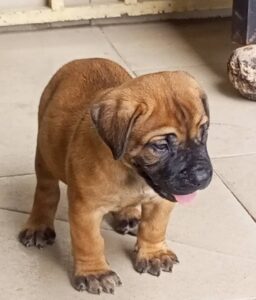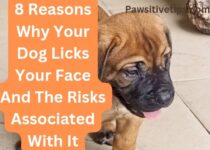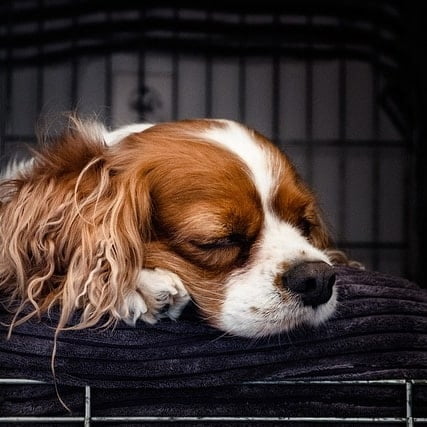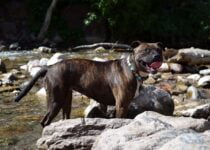How Do You Puppy Proof Your Home (10 Tips)

The first step in preparing your home for a new puppy in your family is to puppy-proof it. Just like you would baby-proof your home for an infant, it’s essential to create a safe environment for your puppy to explore without encountering any potential hazards. By identifying and mitigating risks, you can prevent accidents and ensure that your new puppy is safe and well-secured.
So, how do you puppy-proof your home? Check out these 10 tips:
1. Identify Any Potential Hazards
The first step in puppy-proofing your home is to conduct a thorough inspection of your living spaces. Look for potential hazards that could pose a threat to your puppy’s safety. Common hazards include loose cords, small objects, toxic substances, and household plants that may be poisonous to dogs. Check every room, including the kitchen, bathroom, living areas, and bedrooms, to identify any potential dangers and fix them.
2. Secure All Loose Objects
Puppies are naturally curious and prone to exploring their surroundings by chewing and playing with objects. Secure any loose cords, such as electrical wires or blind cords, that could entangle or harm your puppy. Keep small objects like buttons, coins, or jewelry out of their reach to prevent choking hazards.
3. Keep Toxic Substances Away From Your Puppy
Many household items and substances can be toxic to puppies if ingested. Ensure that cleaning products, detergents, chemicals, medications, and plants that are toxic to dogs are stored securely in cabinets or high shelves that your puppy cannot access. Use childproof latches to prevent your curious pup from opening cabinets or drawers.
4. Remove All Toxic Household Plants
Some houseplants can be toxic to dogs when ingested. Research and remove any toxic plants from your home, or place them in areas that are completely inaccessible to your puppy. Consider using pet-safe alternatives to add greenery to your living spaces.
5. Secure Your Trash and Recycling Bins
Puppies are notorious for rummaging through trash and recycling bins, which can lead to the ingestion of harmful substances or choking hazards. Invest in sturdy bins with secure lids, or place them in cabinets or areas your puppy cannot access.
6. Protect All Visible Electrical Outlets and Cords
Cover electrical outlets with outlet covers or use cord protectors to prevent your puppy from chewing on cords or sticking their paws into outlets. This helps avoid electrical shock and other potential injuries.
7. Keep Fragile Items Away From Your Puppy
Store fragile items, such as glassware or delicate decorations, out of your puppy’s reach. Consider displaying them on higher shelves or in cabinets that can be securely closed.
8. Block Off All Restricted Areas
Determine which areas of your home should be off-limits to your puppy, such as staircases, home offices with sensitive equipment, or rooms where you store valuable items. Use baby gates or other barriers to block access to these areas and ensure your puppy’s safety.
9. Protect Your Furniture
Puppies love to chew on furniture, which can result in damage to your belongings. Apply bitter apple spray or other pet-safe deterrents to furniture edges and legs to discourage chewing. Provide appropriate chew toys and redirect their attention whenever they exhibit unwanted chewing behavior.
10. Remove All Poisons and Hazards from the yard
The last but not the least tip on how to puppy-proof your home for a puppy is to remove all known poisonous and hazardous materials in your yard. If you have a backyard or outdoor space, ensure that it is free from hazards as well. Remove toxic plants, fertilizers, pesticides, and any sharp objects that may cause injuries. Secure fences and gates to prevent your puppy from escaping or encountering potential dangers outside.
Remember, puppies are naturally curious and have a knack for finding trouble. Regularly reassess your home for any new hazards that may arise as your puppy grows. Supervise your puppy closely, especially during the early stages of exploration, and redirect their attention to appropriate toys and activities. By puppy-proofing your home, you create a safe and nurturing environment that allows your new furry friend to thrive and grow happily.
You may also want to check out The 5 Golden Rules of Dog Training.


